Support material testing and equipment testing
Focus on R & D and manufacturer of plasma cleaning machine for 20 years

Focus on R & D and manufacturer of plasma cleaning machine for 20 years

Hydrophilicity of grafted modified polylactic acid scaffold with low temperature plasma grafting instrument:
Polylactic acid is currently one of the most widely used synthetic materials in tissue engineering research and application. Its good biocompatibility and degradability make it widely used in the field of degradable scaffolds. However, due to the poor surface hydrophilicity, lack of natural molecular recognition sites and other shortcomings have greatly limited its application.
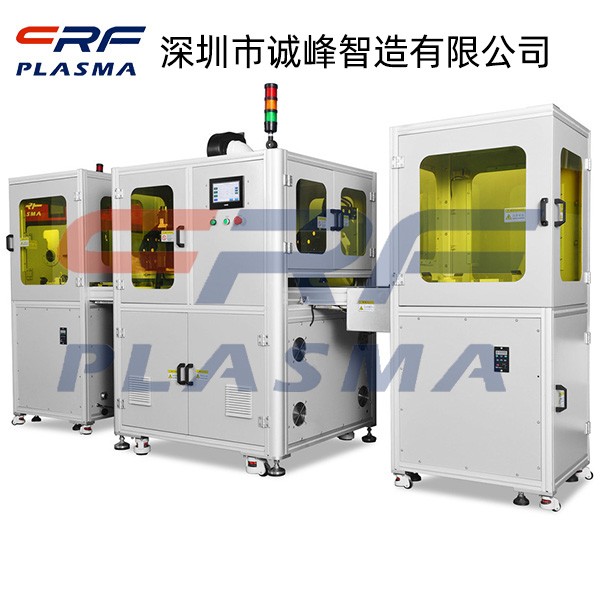
Low temperature plasma grafting instrument
Studies have tried to introduce hydrophilic groups and modify them through multiple methods such as compounding and chemical grafting. The general process is relatively complicated, which not only adversely affects the biocompatibility of the material, and causes great harm to the environment, but also causes a substantial decrease in the relative molecular mass and mechanical strength of the material.
The important thing for polylactic acid as a scaffold material to implant in the body is the reaction between the surface of the material and the organism, and cell adhesion precedes cell migration, expansion, differentiation and other behaviors. The increase in cell adhesion can speed up the process of vascular endothelialization to a certain extent, so that the stent can achieve a more ideal support effect, which makes the surface properties of the material such as hydrophilicity and surface morphology particularly important.
The surface treatment technology of low-temperature plasma grafting instrument has the advantages of simple process, simple operation, easy control, and no pollution to the environment, and is favored by people. Low-temperature plasma grafting instrument plasma contains various active particles: electrons, ions, atoms, molecules and free radicals in various excited states. Under the action of these active particles, the surface properties of the material will change without causing changes in the properties of the material itself, so this is an ideal treatment method for biological materials.
Plasma graft polymerization, the free radicals generated by the plasma action will also initiate the polymerization of the living monomers, so that the materials and functional groups required for grafting on the surface can be permanently modified on the surface of the material. The effect of plasma grafting on the water contact angle of the polylactic acid stent The surface of the stent without grafting treatment has strong hydrophobic properties. The contact angle of the polylactic acid stent material processed by the low-temperature plasma grafting apparatus is significantly improved.
This is the result of the combined effect of plasma etching and monomer plasma polymerization: on the one hand, due to the plasma etching on the surface of the material, the increase in active groups on the surface of the material increases the hydrophilicity to a certain extent; on the other hand, the graft monomer is Under the action of plasma, active free radicals are generated and the active radical polymerization is initiated on the surface of the material, so that the active groups such as -COOH and -OH on the surface of the material are obviously increased, so as to obtain better hydrophilic properties.
Generally speaking, the monomers used are more hydrophilic. The hydrophilicity of the material after low-temperature plasma grafting will be better, but the effect of the monomer itself on the material should also be considered, and the physical and chemical properties of the material itself should not be affected. The increase in discharge power and the increase in the number of active groups generated by the plasma action can better initiate the polymerization of hydrophilic polymer monomers, so the contact angle also decreases.
Cell adhesion is an important indicator for evaluating implant materials. Whether the polylactic acid vascular stent can be quickly endothelialized after implantation of the blood vessel is an important factor that affects its treatment and degradation effects, and the quality of cell adhesion directly determines the endothelium. The process of transformation.
The number of cells on the material processed by the low-temperature plasma grafting apparatus is much greater than the number of cells on the bare scaffold, and as the contact angle of the material surface decreases, the number of cells increases accordingly. It can be seen that the contact angle of the surface of the material is reduced, and the hydrophilicity is increased, which is beneficial to the adhesion and growth of cells on the surface.
The improvement of the hydrophilicity of the polylactic acid scaffold material is the result of the combined effect of the grafting of hydrophilic polymers and the increase of the surface roughness of the material.
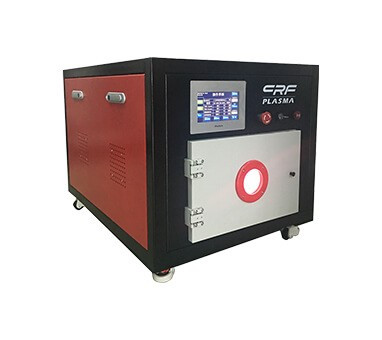
CRF-VPO-4L-S
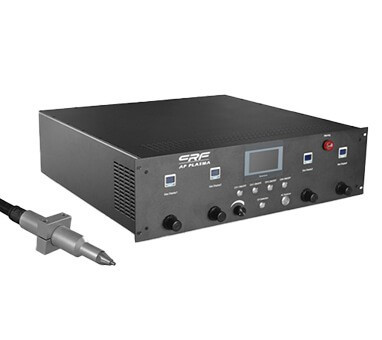
CRF -APO-IP-XXHD-DXX
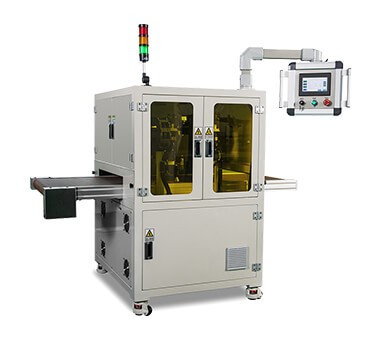
CRF-APO-500W-C
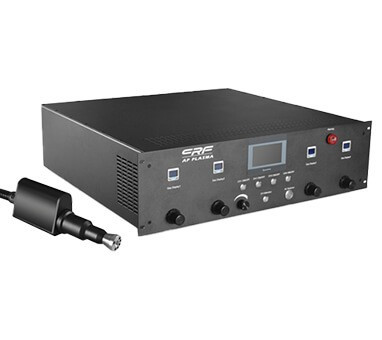
CRF-APO-IP-XXHD-RXX
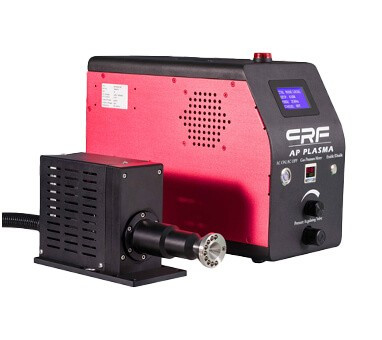
CRF-APO-RP1020-D
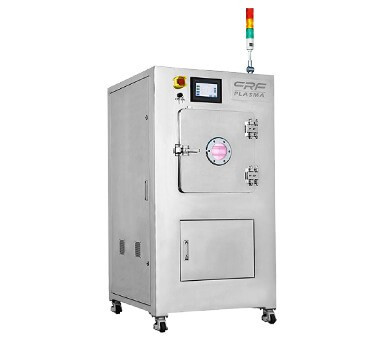
CRF-VPO-8L-M
The advantages of plasma spraying equipment plasma surface treatment PET plastic spraying
more >Surface modification of bamboo powder/PETG composites by low temperature plasma treatment technology
more >The packaging screen printing plasma cleaning machine completely solves the problem of packaging screen printing falling
more >Plasma cleaning machine surface modification PCB board plasma cleaning machine
more >Plasma surface activation cleaning technology COG process for mounting bare chip IC on glass substrate (LCD)
more >The introduction of various oxygen-containing groups during plasma treatment makes the surface of the material easy to b
more >